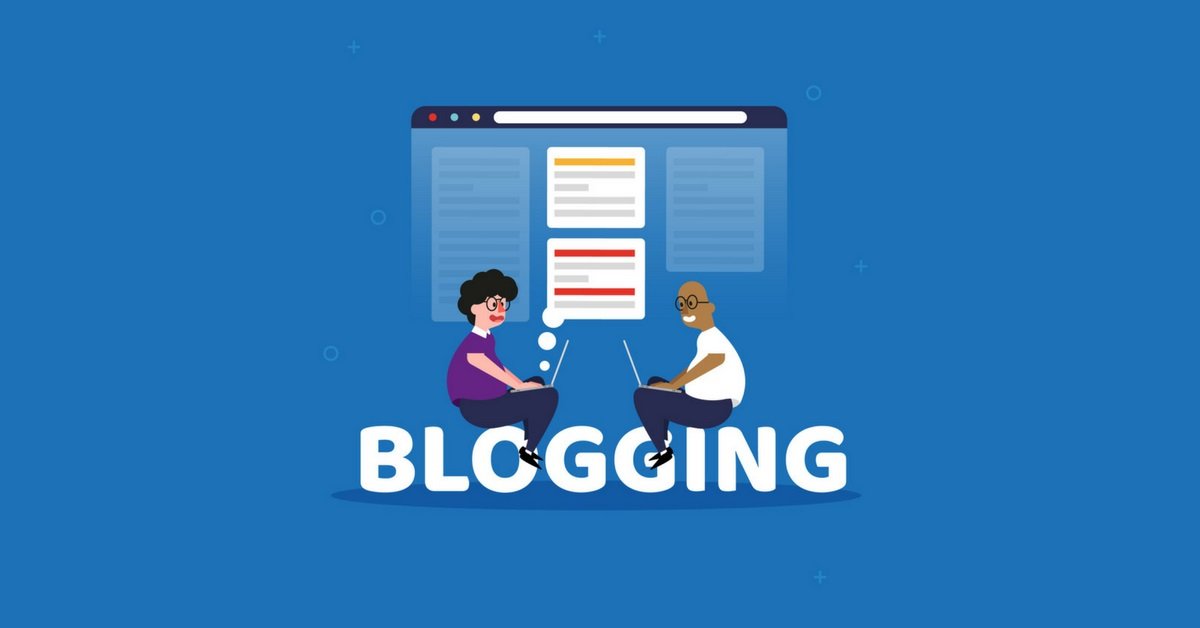In today’s digital landscape, blogging has evolved from a personal hobby into a powerful tool for communication, marketing, and influence. With millions of blogs vying for attention online, standing out and achieving success requires more than just putting words on a page. So, what makes a blog truly successful? The answer lies in a combination of strategy, quality, and connection. Below, we explore the key ingredients that transform a blog from a mere collection of posts into a thriving platform.
High-Quality, Valuable Content
At the heart of every successful blog is exceptional content. Quality trumps quantity every time—readers are drawn to posts that inform, entertain, or solve their problems. A successful blog offers value, whether through actionable advice, unique insights, or compelling storytelling.
To achieve this, focus on understanding your audience’s needs and tailoring your content to meet them. Research trending topics, use credible sources, and present information in a clear, engaging way. Consistency in delivering value builds trust and keeps readers coming back for more.
A Clear Niche and Purpose
A blog without direction is like a ship without a compass—it drifts aimlessly. Successful blogs carve out a specific niche, whether it’s travel, technology, personal finance, or lifestyle. A well-defined focus helps you attract a targeted audience and establish yourself as an authority in that space.
Ask yourself: What unique perspective or expertise can I offer? Your blog’s purpose should shine through in every post, giving readers a reason to choose you over countless alternatives.
Strong Writing and Readability
Even the most brilliant ideas fall flat if they’re poorly communicated. Successful blogs prioritize clear, concise, and engaging writing. Avoid jargon unless it suits your audience, and break up text with subheadings, bullet points, and short paragraphs to enhance readability.
Grammar and spelling matter too—errors can undermine your credibility. Tools like Grammarly or Hemingway can polish your work, but nothing beats a keen eye for detail and a natural voice that resonates with readers.
Consistent Posting Schedule
Consistency breeds reliability. Readers are more likely to return to a blog that updates regularly, whether it’s weekly, biweekly, or monthly. A predictable schedule also signals commitment, both to your audience and to search engines, which favor active sites.
That said, balance is key—don’t sacrifice quality for the sake of frequency. It’s better to publish one stellar post a month than churn out mediocre content daily.
Search Engine Optimization (SEO)
A blog can’t succeed if no one finds it. SEO is the bridge between your content and your audience. By optimizing posts with relevant keywords, meta descriptions, and alt text for images, you increase your chances of ranking higher on search engines like Google.
But SEO isn’t just about keywords—it’s about user experience. Fast-loading pages, mobile-friendly design, and internal linking all contribute to a blog’s discoverability and retention rates.
Engaging Visuals
Text alone isn’t enough to captivate modern readers. Successful blogs incorporate visuals—photos, infographics, videos, or illustrations—to break up content and enhance the message. A striking header image or a well-placed chart can make your post more memorable and shareable.
Ensure your visuals are high-quality and relevant. If you’re not a designer, tools like Canva or Unsplash can elevate your blog’s aesthetic without breaking the bank.
Audience Interaction and Community Building
A blog isn’t a monologue—it’s a conversation. The most successful blogs foster a sense of community by encouraging comments, responding to readers, and engaging on social media. When readers feel heard and valued, they’re more likely to become loyal followers.
Consider adding a call-to-action at the end of your posts, inviting feedback or questions. Over time, this interaction can turn casual visitors into a dedicated audience.
Effective Promotion
Great content doesn’t automatically find an audience—you have to share it. Successful bloggers leverage social media, email newsletters, and collaborations to amplify their reach. Platforms like Twitter, Pinterest, or LinkedIn can drive traffic, depending on your niche.
Guest posting on established blogs or partnering with influencers in your field can also expose your work to new readers. The key is to promote strategically, focusing on channels where your target audience hangs out.
Adaptability and Growth Mindset
The digital world changes fast, and successful blogs evolve with it. Stay open to experimenting with new formats—like podcasts or video snippets—or tweaking your strategy based on analytics. Tools like Google Analytics can reveal what’s working (or not), helping you refine your approach.
A growth mindset also means learning from feedback and industry trends. The best bloggers aren’t afraid to pivot when necessary.
Passion and Persistence
Finally, no blog succeeds without dedication. Passion for your topic fuels creativity and keeps you motivated through slow periods. Building a successful blog takes time—months or even years—so persistence is non-negotiable. Celebrate small wins, like a spike in traffic or a thoughtful reader comment, to stay inspired.
Conclusion
A successful blog is a blend of art and science: compelling content, smart strategy, and genuine connection with readers. By honing your craft, staying consistent, and adapting to your audience’s needs, you can create a platform that not only stands out but also leaves a lasting impact. Whether you’re blogging for passion, profit, or both, these principles will guide you toward success—one post at a time.
